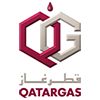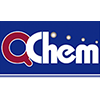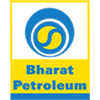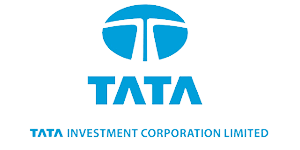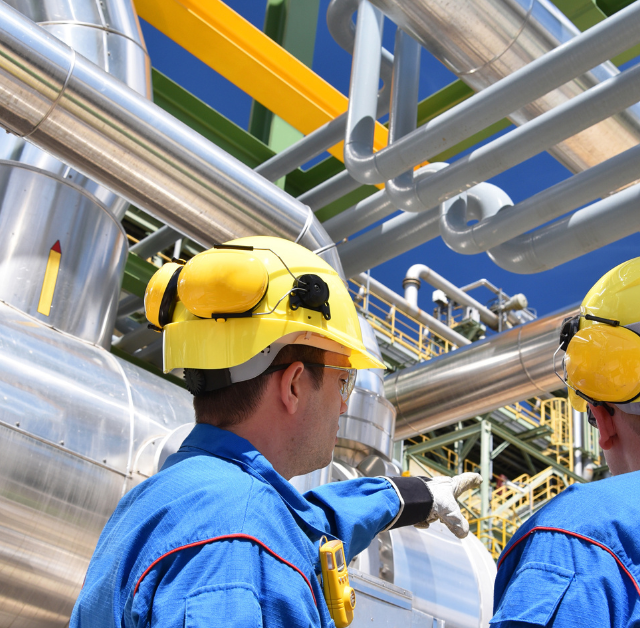An Operator Training Simulator (OTS) is a computer-based training system that uses a dynamic simulation model of an industrial process, usually integrated with an emulator of the process plant’s Distributed Control System (DCS). The elements of a typical OTS are the following:
- Dynamic simulation software (AspenTech in our case)
- Process model
- Instructor interface
- Control system integration software
- DCS emulator (ProDyn in our case)
- Replica of the operator station
OTS software is a process simulation model that is integrated with control system algorithms and HMI. The OTS simulators must include the control system as part of the simulation and there are several options for how this is done. The trend is to use virtual control systems.

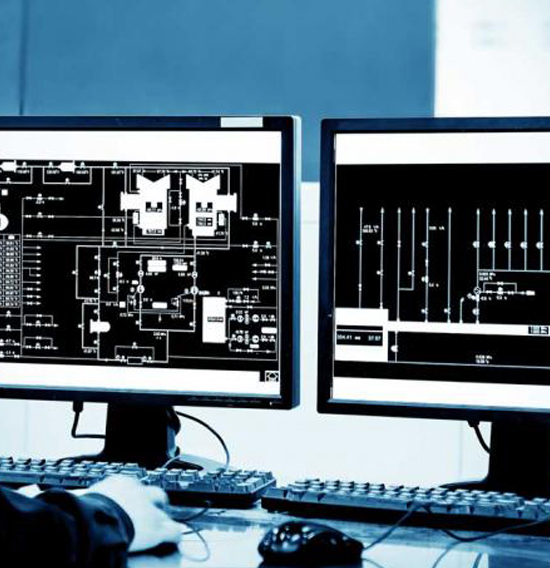
Fidelity applies to the process models, the control system models and the environmental simulation.
Process Models
While steady state models are developed for a specific operating condition, dynamic simulation models operate over a broad range and dynamic behavior adds another level to model complexity. High fidelity simulations might compute variable within a few percent of the real variables. Maintaining model fidelity in the long term can be difficult as process changes or equipment wear like valve hysteresis or degradation of catalyst activity need to be adjusted in the process model. At the other extreme, some simulations merely strive for “tie back” behavior. When a pump is commanded to run, the “running” and “stopped” contacts are simulated so the pump status follows the pump command. Flow control loops may be simulated with simple “lag” function blocks (flow is proportional to valve position) and complex equipment may simply be set by the simulation operator. Low-fidelity simulation can still provide great value when the focus is on control system training or testing. High process model fidelity is required when training is focusing on the process behavior.
Control System Models
Control system models can be virtual, emulated, stimulated or hybrid combinations. In many training situations, accurately educating the operator about how the control system behaves is essential. It is increasingly common that control system suppliers to support a virtual control system on a workstation or a local or remote Cloud server. With virtual or hardwired stimulated systems, the control simulation is essentially a perfect match to the real control system.
Except for the most trivial control systems, emulation will suffer from inexact replication of the control system behavior. One might think that converting a PID in the control system that uses Proportional Band to an emulated PID that uses Gain is all there is to it, but that is not the case. Control system function blocks like PID have many unique behaviors with initialization, bad behaviors, output limiting, feedforward, ratio and many other algorithm options. Accurate emulation of the whole set of DCS system function blocks is difficult to get perfect. This is why actual hardware controllers or virtual control systems supported by the control system vendor are commonly used. There is an advantage to emulation of control functions in the simulation environment to support special functions like “halt” non-real-time speeds, or playback.
Environmental Methods
3D models of equipment or of a whole site may come from CAD drawings. These drawings may not reflect the final image of the equipment once it is painted with logos, safety warnings and connected with other equipment. Site models made by using LIDAR imaging provide a wireframe model.
The following are some of the functions that are found in operator and immersive training simulation systems:
- Initialize the simulator from preset operating conditions
- Use for abnormal condition simulation the operator responds to or modifies the process to correct the behavior
- Simulate plant shut-downs and start-ups
- Run, freeze and restart operations from the instructor’s console
- Instrument, valve, pump and other equipment failures
- Playback operator actions for reviewing
- Abnormal situation simulation
- Training and competency session reports and scorecards for operator proficiency
- Visualization can be multiplayer with avatars. The control room operator might use his traditional 2D control system HMI, while field operators are manipulating pumps, motors, and hand valves
https://www.arcweb.com/blog/what-operator-training-simulators
Clients & End Clients












